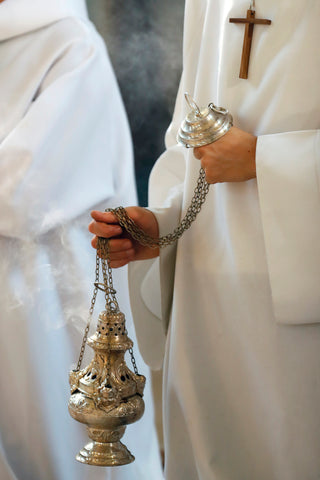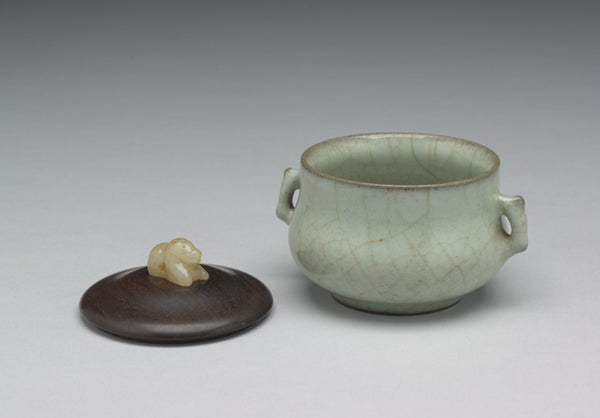Don't miss our holiday offer - up to 50% OFF!
The Evolution of Chinese Incense Burners: A Journey Through Dynasties
Explore the evolution of Chinese incense burners through dynasties—from Neolithic clay pots to Ming dynasty masterpieces. Discover their cultural and artistic significance!
The Evolution of Chinese Incense Burners: A Journey Through the Dynasties
Introduction: The Timeless Allure of Incense in Chinese Culture
Incense has been a vital part of Chinese culture for thousands of years. It played a role in spiritual rituals, imperial ceremonies, and daily life. The Chinese word for incense, “xiang” (香), means fragrance, scent, aroma, and even spice. This shows how important it was in society.
Incense burners, the tools used to burn incense, changed over time with each dynasty. They started as simple clay pots and became intricate bronze masterpieces. These burners are not just tools; they are pieces of art that tell us about China’s history and culture.
Let’s explore the history of Chinese incense burners, from the Neolithic period to the end of imperial rule.
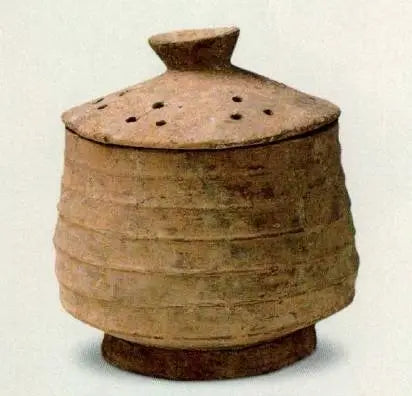
The Dawn of Incense Burners: Neolithic to Han Dynasty
Neolithic Beginnings
The first evidence of incense burning in China dates back to the Neolithic period, around 6000 years ago. The earliest incense burners were made of clay and appeared about 5000 years ago. These simple burners were used in spiritual ceremonies. An example is the bamboo-patterned clay burner found at the Fuquan Shan site in Shanghai.
The Rise of the Boshan Burner
By the Warring States Period (475-250 BCE), incense burners became more advanced. The Boshan Lu (博山炉), or Boshan incense burner, became popular during the Han Dynasty (206 BCE – 220 CE). These burners, often made of bronze, featured detailed mountain scenes with hunters and animals. They symbolized the mystical mountains of Chinese myths.
A famous example is the gold-inlaid bronze Boshan burner from the Western Han Dynasty, now in the Hebei Museum. This 26 cm tall burner shows the skill of the artists of that time.
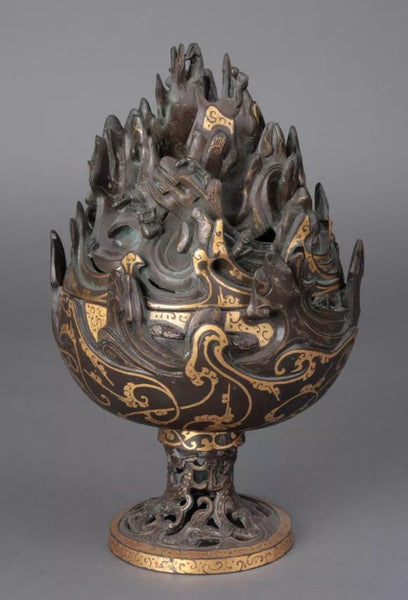
The Middle Ages: Tang Dynasty’s Golden Age of Incense
Lavish Materials and Innovative Designs
The Tang Dynasty (581-907 CE) was a golden age for Chinese incense burners. They were made from luxurious materials like gold-gilded silver. A notable example is the five-footed incense burner found at Famen Temple in Shaanxi, which shows the wealth of the dynasty.
The Ingenious Incense Ball
The Tang Dynasty also introduced the incense ball, a portable burner with a self-correcting mechanism. These balls were carried on waist sashes, allowing people to enjoy incense wherever they went. Their design is a marvel of ancient engineering.
The Song and Yuan Dynasties: Minimalism and Elegance
The Shift to Simplicity
The Song Dynasty (960-1279) brought a move towards simpler designs. Celadon-glazed ceramics, with their jade-like color, became popular. Burners from this time were smaller, with clean lines and subtle finishes, reflecting the dynasty’s refined taste.
The Legacy of Longquan and Guan Kilns
Famous kilns like Longquan and Guan made some of the best incense burners of the Song Dynasty. Longquan was known for its celadon glaze, while Guan kiln’s crackled finishes added a unique texture.
The Ming and Qing Dynasties: A Renaissance of Craftsmanship
The Xuan De Incense Burner
The Ming Dynasty (1368-1644) saw great improvements in bronze work. The Xuan De incense burner, made during the Xuan De Emperor’s reign, became a symbol of luxury. Made from high-quality copper mixed with precious metals, these burners were highly valued and often copied.
Cloisonné and Enamel Masterpieces
The Qing Dynasty (1644-1912) introduced cloisonné and enamel techniques. These added bright colors and detailed patterns to incense burners. Many were shaped like animals or had elaborate designs, showing the dynasty’s creativity.
Conclusion: A Legacy of Fragrance and Artistry
Chinese incense burners are more than just tools; they are a part of China’s rich cultural and artistic history. From simple clay burners in the Neolithic period to the luxurious pieces of the Ming and Qing dynasties, each era has left its mark.
If you’re interested in the history of Chinese incense, explore our in-depth series on the subject. Learn more about these fascinating objects and their role in Chinese culture.
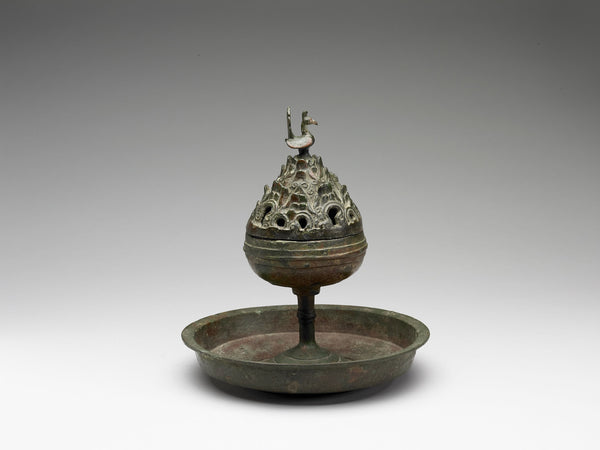
Call to Action:
Ready to learn more? Check out our comprehensive series on Chinese incense history and discover the secrets of this ancient tradition.
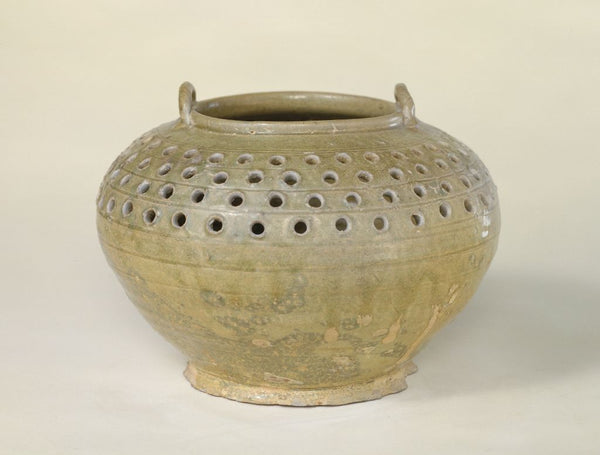
Image Reference:

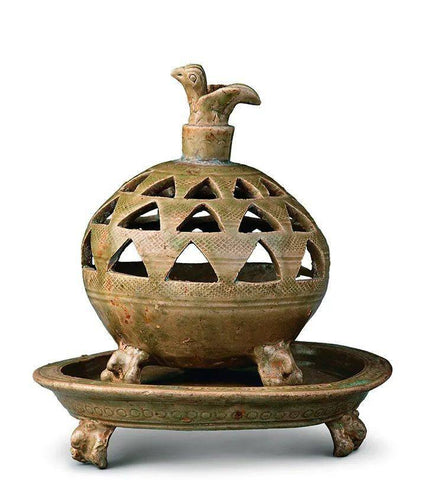
Internal Links:
1. The History of Chinese Incense: From Neolithic to Han Dynasty
2. The Golden Age of Chinese Incense: Tang Dynasty
By understanding the evolution of Chinese incense burners, we gain a deeper appreciation for the artistry and cultural significance behind these timeless objects.

